In our Meet the PA Maker series, we often profile new food businesses, upstarts that are hoping to break through into markets where they can hopefully add a dose of artisanship, style and quality. But, of course, Pennsylvania is home to dozens of iconic brands, whose products have made their way around the country and the world. Then, there are legacy brands, those that were founded decades ago, and have somehow hung on through the changing retail landscape. Sometimes, these old-school, mom-and-pop companies are able to survive because they’re given fresh starts under new ownership.
One such brand is Natrona Bottling Company, makers of Red Ribbon soda and mixers, which traces its roots back to 1904. This craft soda company is located in the riverbank community of Natrona, just a few minutes outside of Pittsburgh. It changed hands a number of times throughout the 20th century; one notable moment was its purchase in 1939 by brothers Ducky and Paul Bowser, who ran the company for nearly 70 years and established the brand’s popular cherry, chocolate and ginger beer flavors.
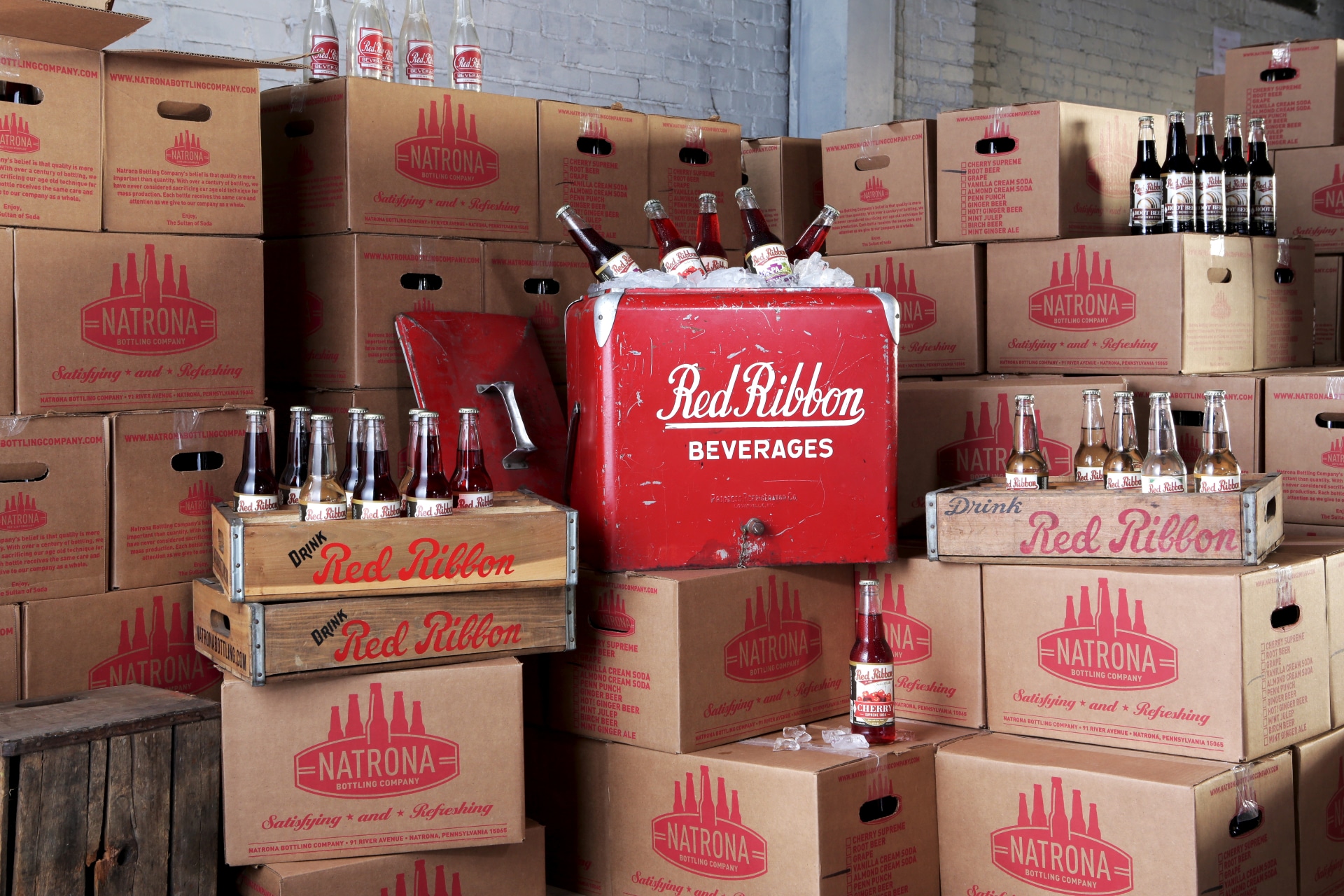 Ducky Bowser passed away in the 1970s and Paul continued to run Natrona Bottling Co. until his death in 2008, though by that time, production had greatly slowed, and the company had shrunk to a shadow of its former glory. Things were not looking good for the future of Red Ribbon sodas until the bottling company was purchased by Vito Gerasole, a lifelong Pittsburgh resident with deep roots in the local restaurant community.
Ducky Bowser passed away in the 1970s and Paul continued to run Natrona Bottling Co. until his death in 2008, though by that time, production had greatly slowed, and the company had shrunk to a shadow of its former glory. Things were not looking good for the future of Red Ribbon sodas until the bottling company was purchased by Vito Gerasole, a lifelong Pittsburgh resident with deep roots in the local restaurant community.
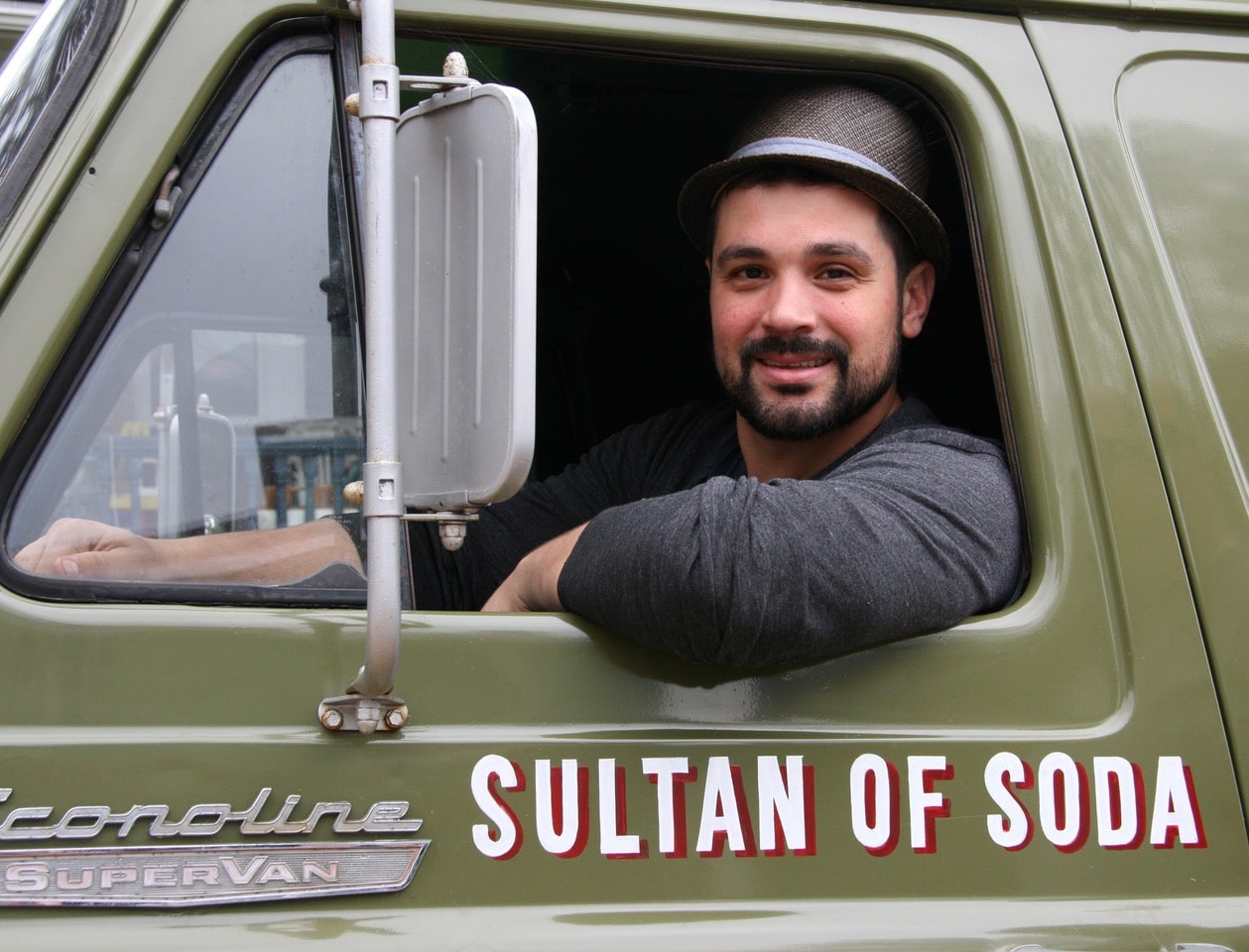
Vito Gerasole
The self-described “Sultan of Soda,” Gerasole has breathed new life into the bottling company and its line of sodas, honoring the brand’s history but adding his own flavor of hustle (you’ll see him out and about in his 1960’s Ford Econoline van) to keep it alive in the 21st century. Vito’s passion for his business is crystal clear, from his in-depth knowledge of the vintage machinery in the bottling plant, to the science behind the pin-point carbonation technology they use, to all kinds of cocktail recipes that use Red Ribbon’s mixers. To talk with Vito about Natrona Bottling Co. and Red Ribbon means you’re going deep into Soda-Pop-World, which it turns out, is a pretty cool place to be!
PA Eats: How did you get into the craft soda biz?
Vito Gerasole: I took over Natrona Bottling Company in 2010. They were going to close. The previous owners … well, let’s backtrack. It opened in 1904 by a guy named Ed Welsh. It was a garage on a side street across from where we are now. It was a time when every small community across the country had a pop shop to call their own. America was littered with those types of places. Ed sold it in 1925 to a gentleman who didn’t do much for the company, and then the Bowsers, Paul and Ducky, took over. They moved the company into the current location and they got some better machinery, at the time, and started to build this business.
The Bowsers did some very wonderful things. Even during the 1960s and 70s when Coke and Pepsi were on the rise, the Bowsers had differentiation in the products that didn’t compete with Coke and Pepsi. We had a number of products, like Red Ribbon Chocolate, it distributed by 27 diff distributors at one time! It was extremely popular. Our cherry soda is the best you can get, and that didn’t really directly complete with Coke or Pepsi either. In the process, the Bowsers also did some co-packing for some other small brands just to keep the machine running. Then, they got older, they slowed down, weren’t marketing anymore. By the 90s and 2000s, they were just staying open just to keep it open. Their mantra in those last 10 years was just about keeping the product alive. After Paul Bowser passed, the company kind of floated in his estate for about a year. The business started to die.
In 2010, my mother came to me and said, “Would you like to sell soda pop?” I was never really a soda aficionado, I drank water for the most part. I walked in the door at Natrona and saw the machine running. I’m a very nostalgic person at heart, and I tasted all the products and thought, “Wow, it’s a great product.” And then I said, “Okay, what do I need to do?”
What’s your background? Do you come from the food or beverage world?
I come from a food background. My family owns a restaurant in Pittsburgh, Girasole, it’s been there for 20 years. We have created a very homey culture amongst our clientele. We’ve become friends with these people, we know their families, we’ve watched kids be born and graduate from high school, it’s really unlike anything else. Restaurants today are cold, your name goes in the iPad, you have to wait to be called, there’s very little relationship building. That’s really what Girasole restaurant is all about, who we are is naturally in the business and that’s been a main driving force for our success.
I tried going to college, but didn’t do anything there, literally, because I was working at the restaurant the whole time. making very good money there serving. I was prepping myself to be in the restaurant industry for my future. I started studying all about Italian wine and started taking wine classes in Napa and New York. I took a weeklong coffee class in Portland and really started to immerse myself in the culture, not just being a server. Then, I saw the bottling company and it had this cool machinery, cool story and a great product. I thought I’d hustle for it on the side. I never figured it would become my life!
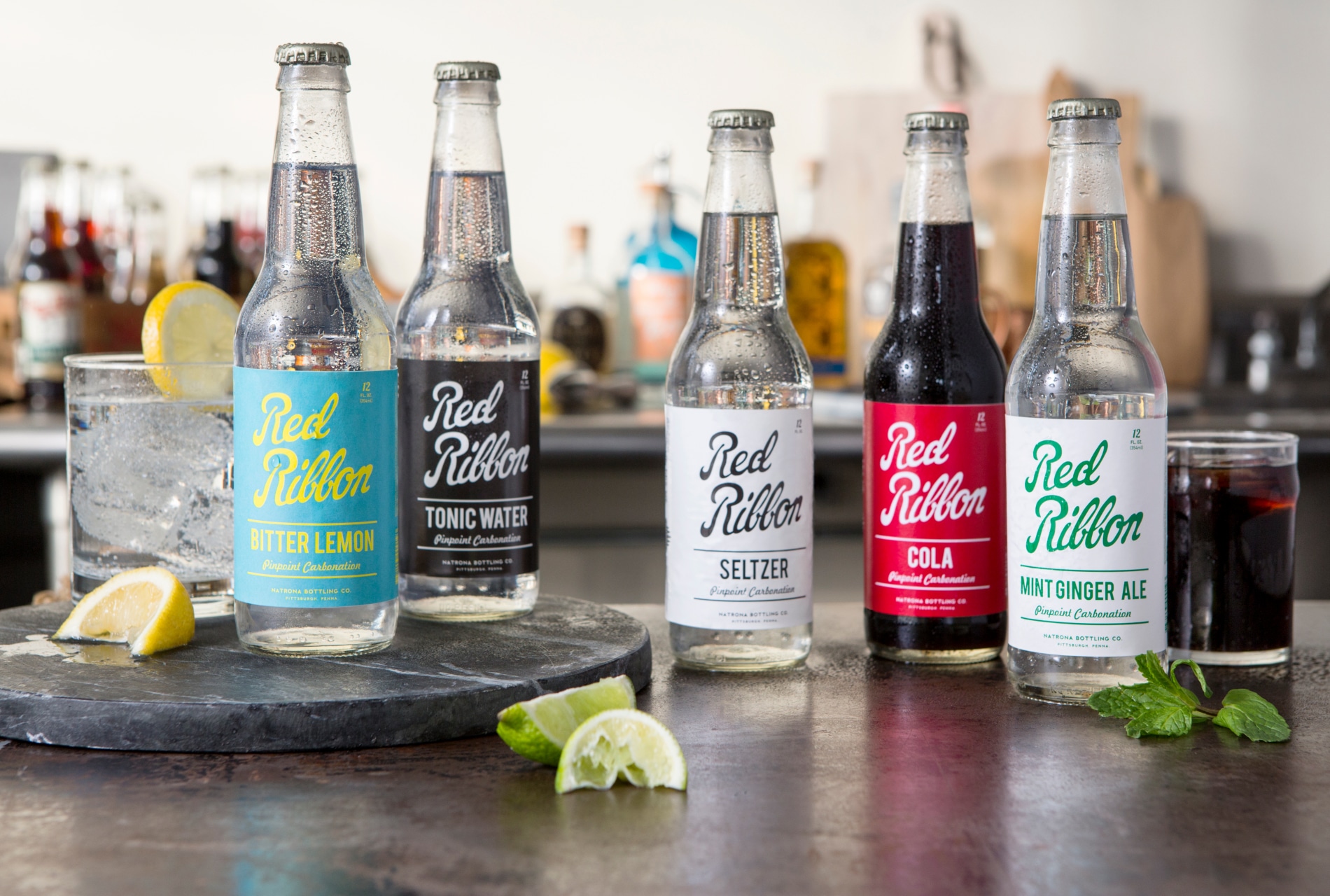
What was it like starting out in this new industry with a product that had been on the decline?
During the first three years there was growth, but it was minimal. As long as we’ve been here, the people in Pittsburgh didn’t know about us. We’re only 20 mins out of the city, but we only had 2 or 4 locations in Pittsburgh that carried our product. But that was going for us, in a way. We were old, but also new. We also had a built-in ad campaign, because at the time, in 2010, there was so much talk about high fructose corn syrup being bad for you. People were realizing that if you’re going to drink a sugary beverage, make sure it’s cane sugar. So, I’d walk into an account with my cooler and tell them our story and that’s how I’d make sales.
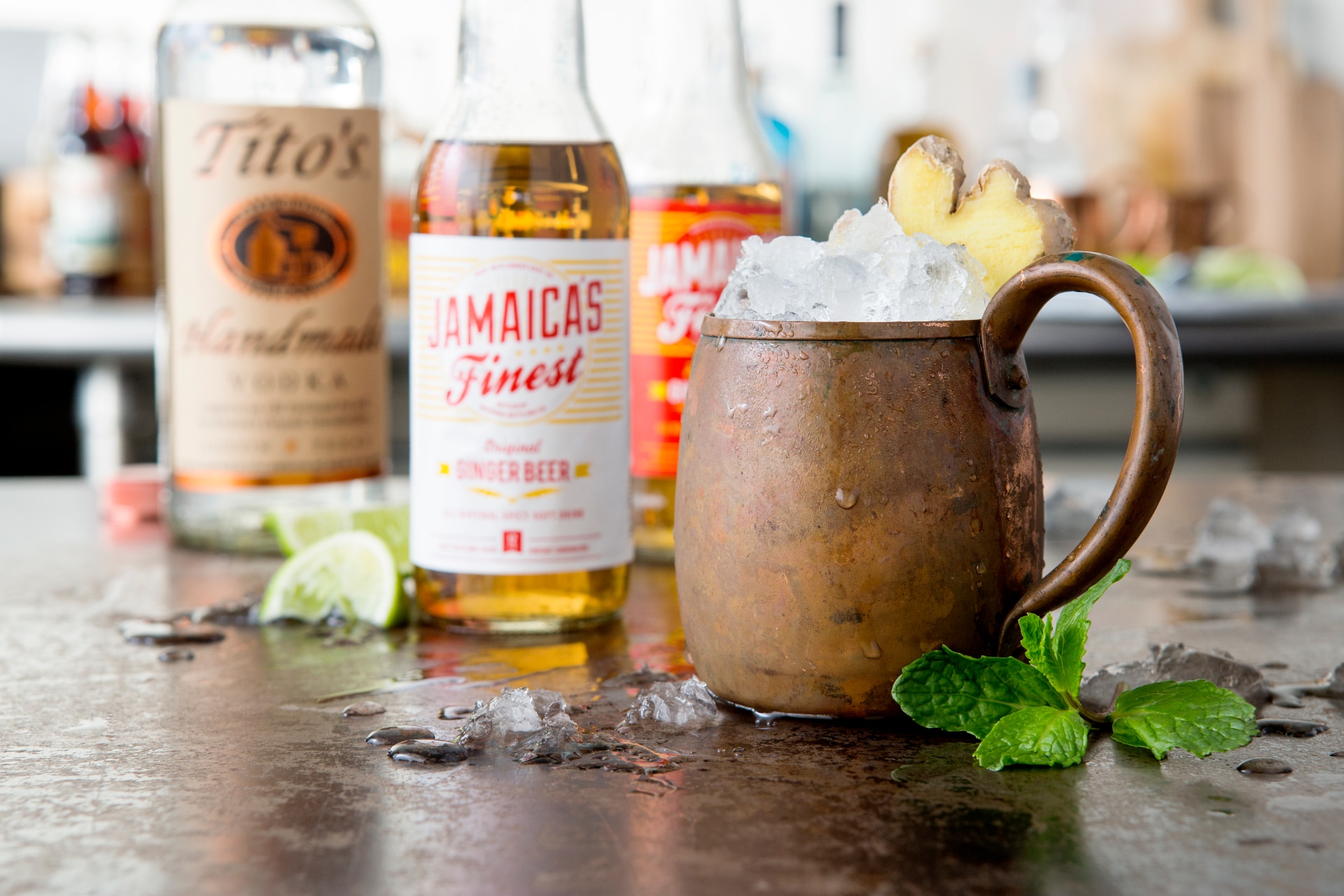
Then, in 2012, ginger beer really starts to become a hot commodity. Moscow Mules are the hot thing and we made a ginger beer and it was fantastic. We make one of the best you can get, if not the best. At that point, honestly, I was thinking about actually walking away, but that momentum was enough to stick around. I saw an opportunity there with the ginger beer to keep this company moving forward and grow it. As the ginger beer grew, all the other flavors grew in suit.
Can you tell us a little more about what makes Red Ribbon sodas and mixers unique?
What makes us special is that we are one of maybe 15 left in the country who make and bottle soda how we do. When they first opened up bottling shops in the early 1900s they weren’t really made for mass production. The machinery was made to supply that community and if you wanted to grow you could only grow so far. What we’re using was made for higher volume, but was still manufactured with the idea of keeping the quality and integrity of the product intact. The generation of machinery after that is all about heavy volume and pumping out mass product, and that’s where the quality starts to fail. Our machinery is 80 years old, and still to this day, it’s so fun to watch how this product is made.
The other thing that really makes our product better, our overall caloric content is on the lower end of the spectrum, when it comes to the competition. Our Cherry Soda only has 120 calories, same with orange pop and root beer. The Cream Soda is 150, that’s our highest. Some mass produced orange pop has 250 calories and, like, 58 grams of sugar or something like that! I like to call our products a treat. They have more dryness to them than most other sodas. Because of that a lot of them mix so well with spirits!
Your website talks a lot about pin-point carbonation. What is that and why is it special?
Today, when huge companies make soda, they’re made by co-packers that put the products in giant 3- or 4,000-gallon tanks. Then, before it goes into the bottle, they force carbonate the liquid before it goes into a bottle. If you ever open a Coke or Pepsi and take a big swig, that’s why it burns. They over-carbonate for shelf life and they’re forcing the bubbles in there.
Our process is different. We mix up our sugar, water and flavor in our flavor room from recipes we develop ourselves. On the first round on our bottle machine, there are syrupers which give each bottle a “throw” of two ounces flavor. When the bottles goes into the larger round, they’re getting carbonated water filled on top. The water is already carbonated when it goes into the bottle. The bottle gets capped, travels down the line and gets shaken to combine the syrup and water. That process there is one of the main things that makes our product a higher quality product. Each bottle acts essentially as its own mixing house.
We also use dry ice to carbonate our beverages versus CO2. We are the last in country that we know of who still do it this way. Dry ice pellets go into long cylindrical tubes which we close off, and overnight it melts and reverts to CO2. CO2 is the only chemical compound that, as it gets cold, goes from a gas to liquid to solid, but when it goes back down in temperature, it skips the liquid phase and goes straight back to a gas. Something in that process makes our bubbles lighter, fluffier and smoother so when it binds with the water in the saturator it’s gently receiving the gas. It creates a smoother, tinier, crisper more refreshing bubble, very Champagne-like. This is the way pop was supposed to taste when it was made 50, 60, 70 years ago.
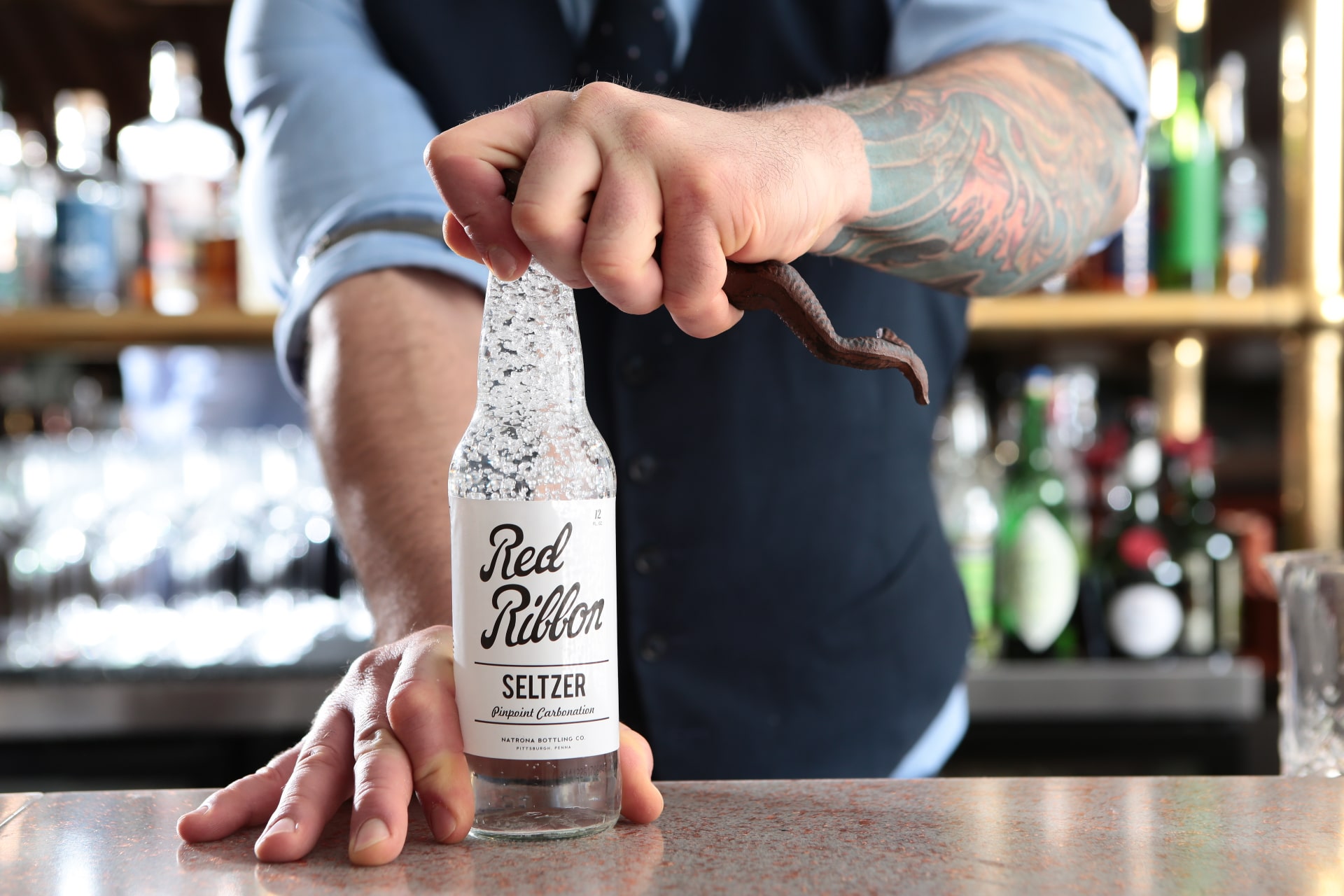
How has Natrona Bottling Co. grown or changed since things started taking off in 2012?
When I started out, I knew I’d have to start at the ground level. I couldn’t just start with the big grocery stores. The best way to do that was with coffee shops, bars and restaurants. I built the company with that foundation, it really propelled us. The cocktail scene started to pop and we started making our ginger beer constantly. That gave me the idea to start making a bar mixers line. We created a great seltzer water, all the local bars started using that. Then we came out with bitter lemon, cola, tonic and mint ginger ale. I hired two people to manicure the industry with my input and I was going to start devoting my time to growing the grocery end. We’ve been on grocery store shelves for years but this past year in March we hooked up with a large grocery distributor called UNFI, they’re national, they offer us a great amount of opportunity. So you can now find us in Giant Eagle, Wegman’s, these types of places. It’s a different beast from what I’m used to. During COVID, grocery went ballistic, so if it wasn’t for this company that I just got acquainted with, we would have had a really bad year. But we’re actually even with where we were last year, or even a little ahead!
Check out Natrona Bottling Co.’s whole line of Red Ribbon sodas and mixers on its website, where you can also find inspired cocktail recipes and shop for 12-packs as well as sweet vintage-inspired swag. Don’t forget to follow along on Facebook and Instagram to keep up with the latest craft soda news. Please keep shopping local and supporting these homegrown companies so they can survive for another century!
- Photos: Natrona Bottling Co.
- Video: Your City: Pittsburgh
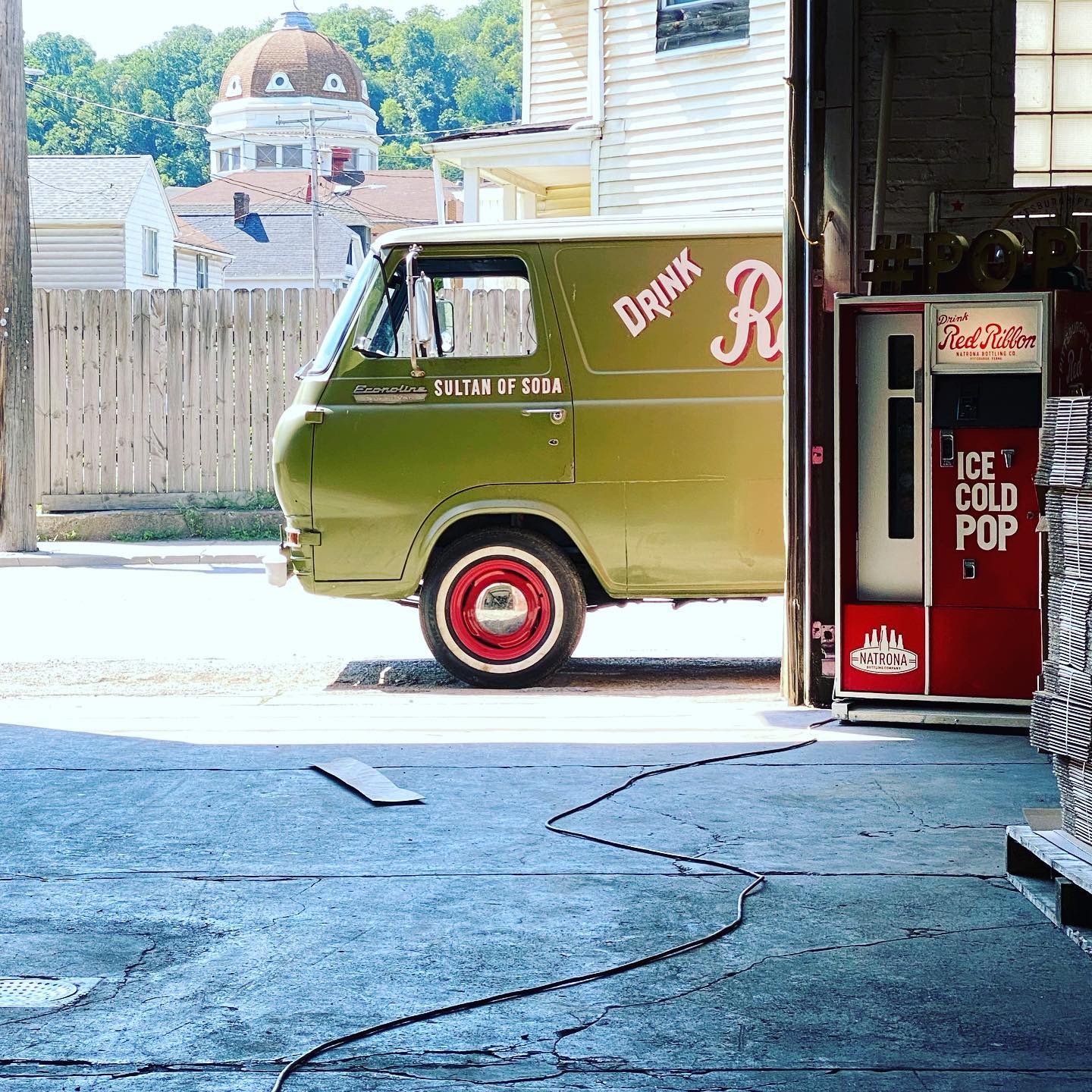
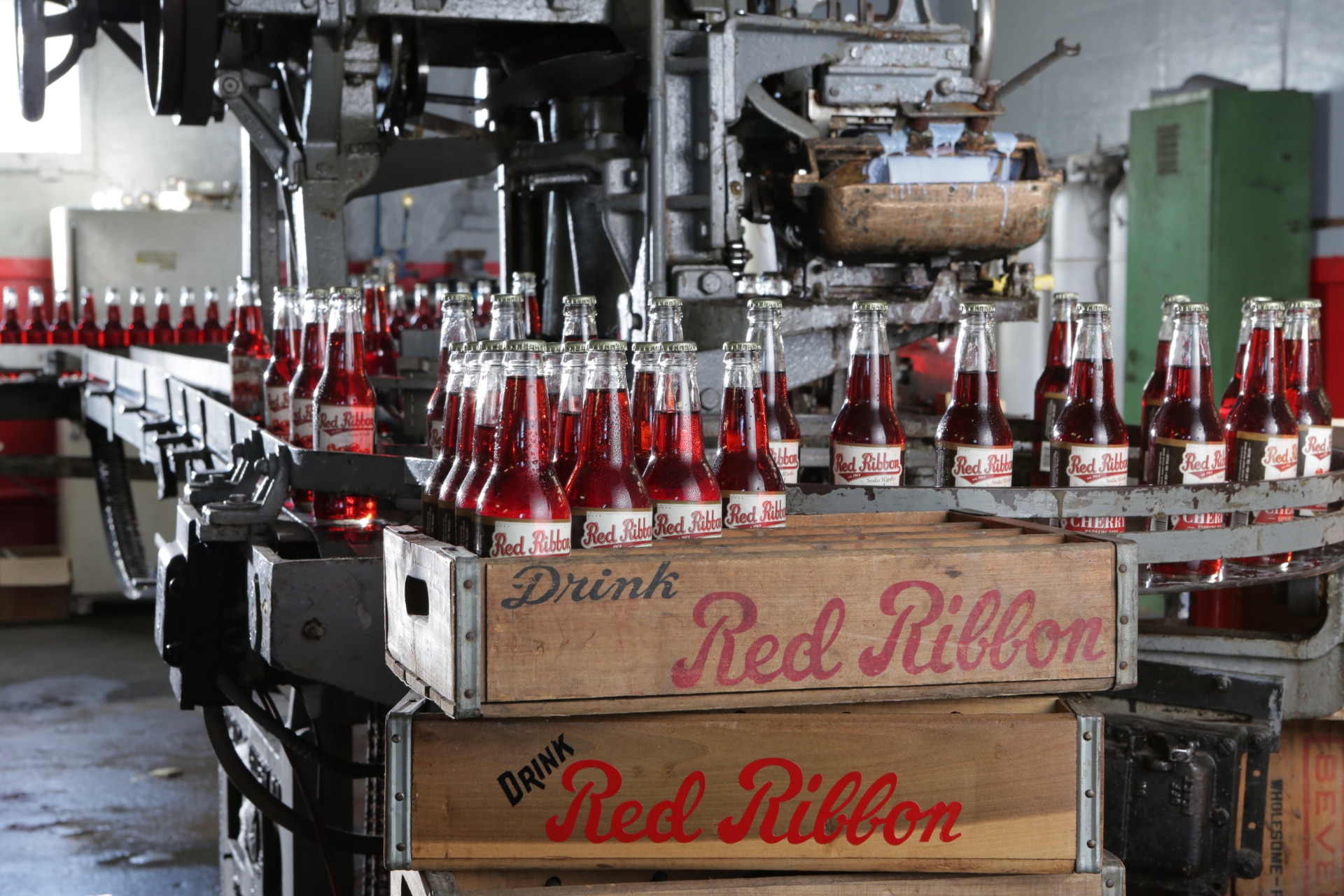
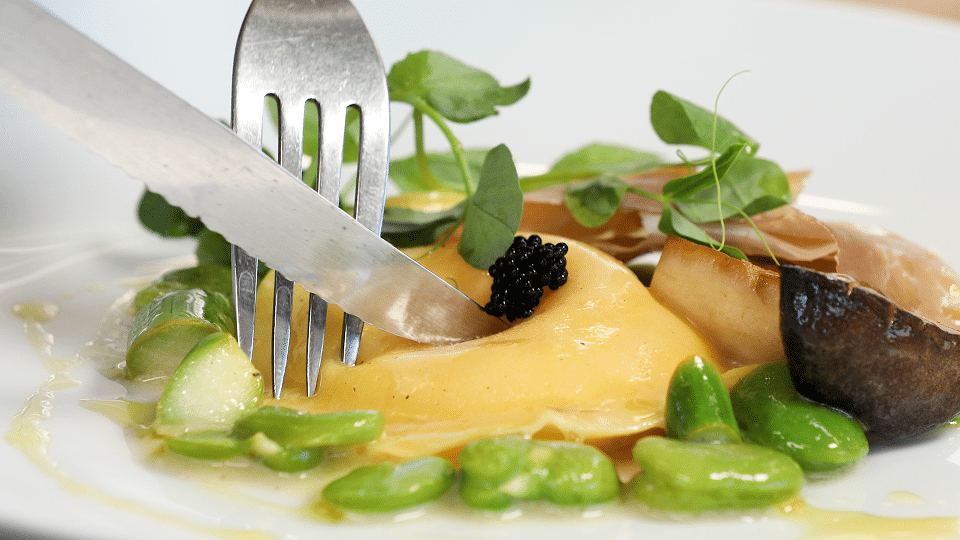
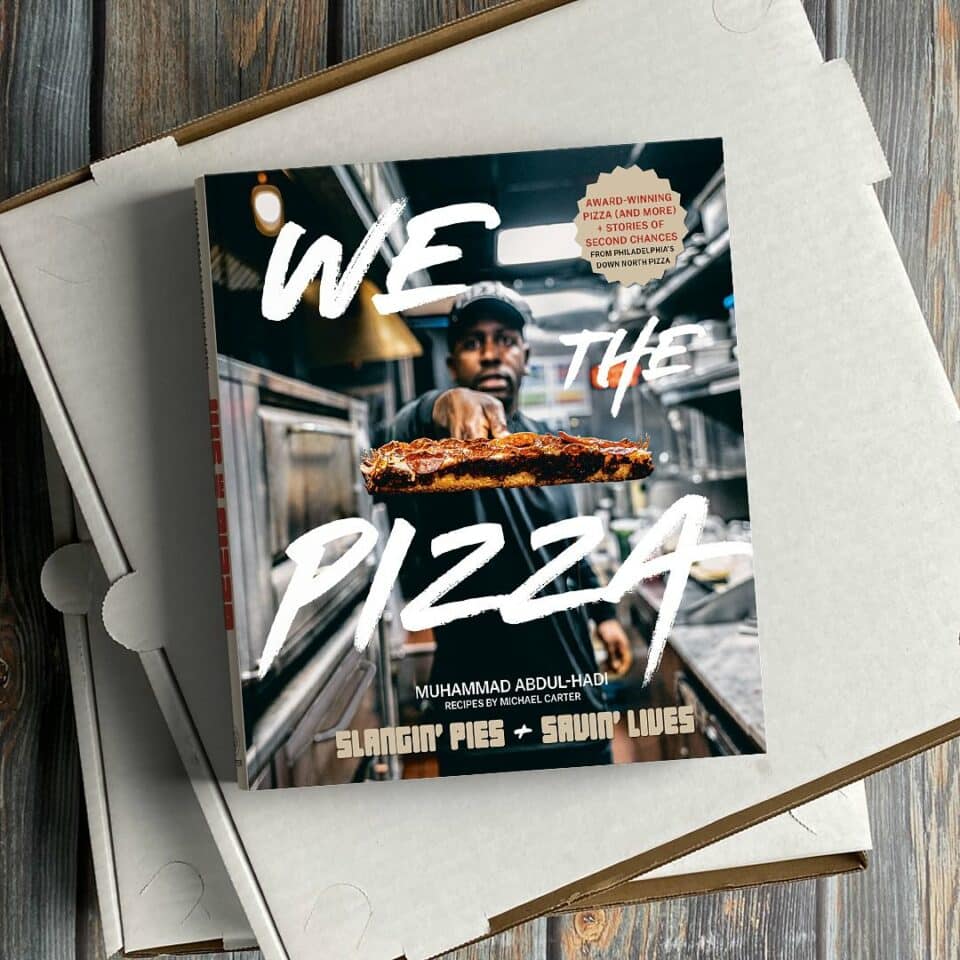
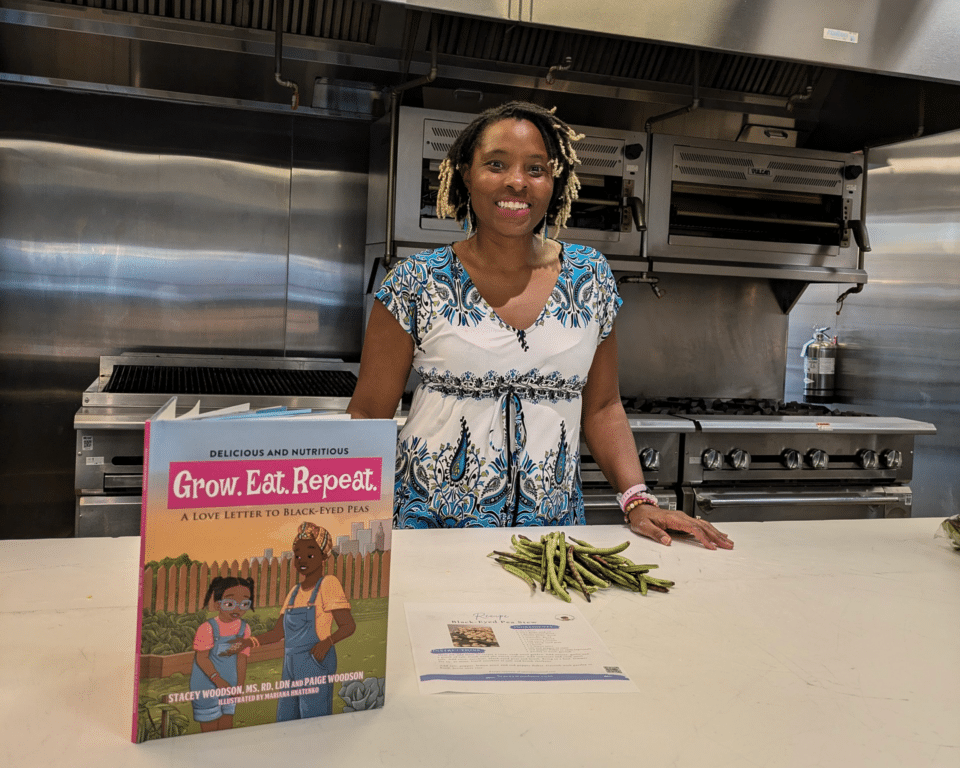
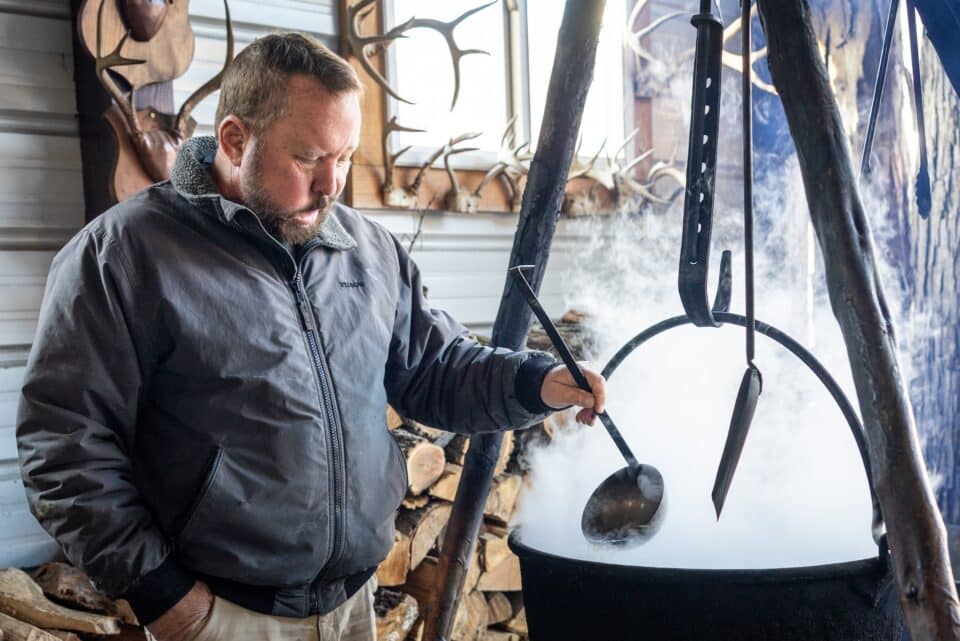

8 Comments